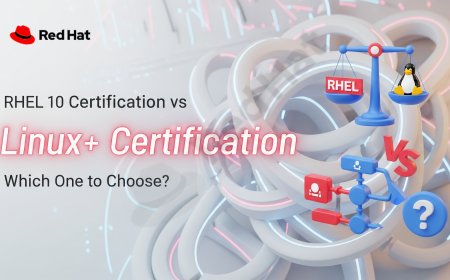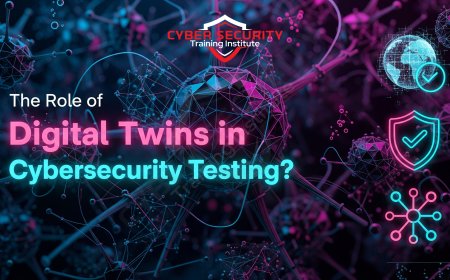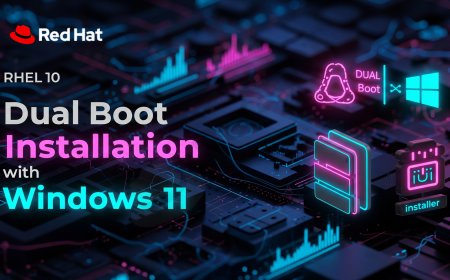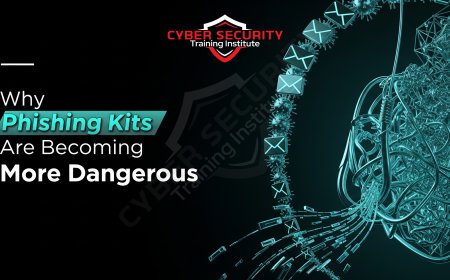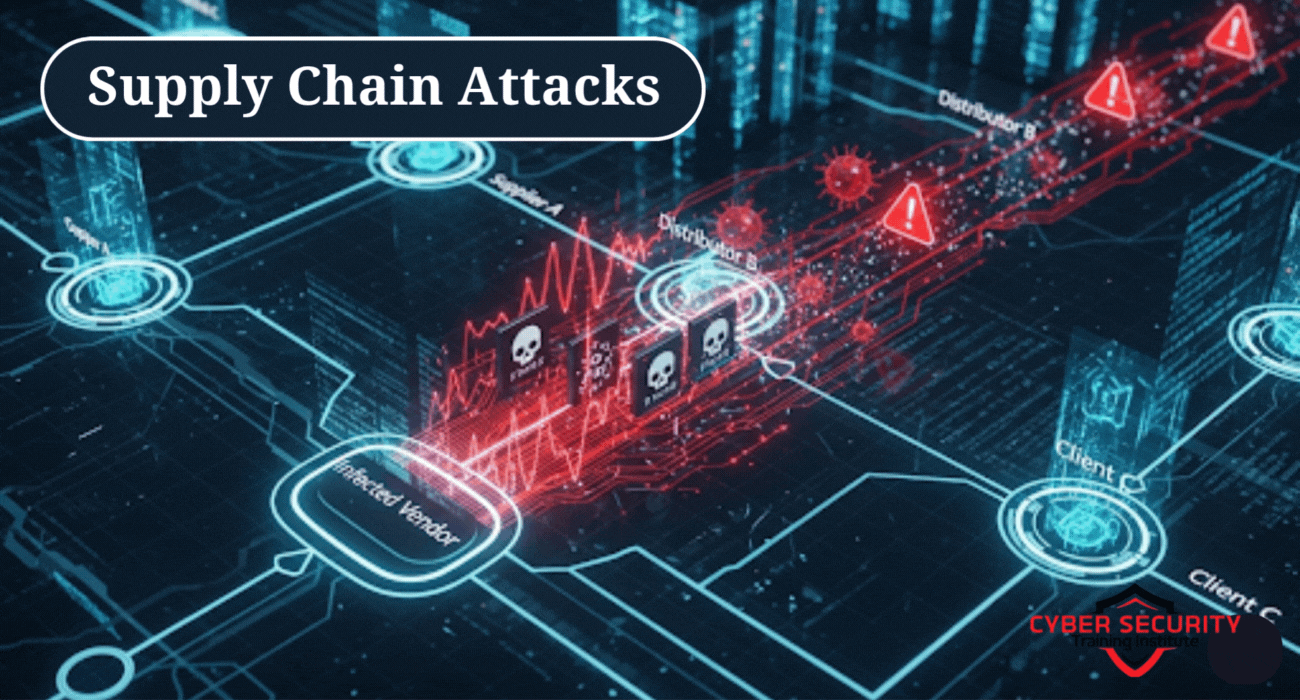TSMEs vs Large Enterprises | Who Faces Greater Cybersecurity Risks?
In today’s digital world, cybersecurity is a hot topic for businesses of all sizes. From small startups to global corporations, no one is immune to cyber threats. But who faces the greater risk: tiny, small, and medium-sized enterprises (TSMEs) or large enterprises? It’s a question that sparks debate, as both face unique challenges and vulnerabilities. In this blog post, we’ll dive deep into the cybersecurity risks for TSMEs and large enterprises, exploring their differences, similarities, and what each can do to stay safe. Whether you’re a small business owner or part of a corporate IT team, this guide will break things down in a way that’s easy to understand.
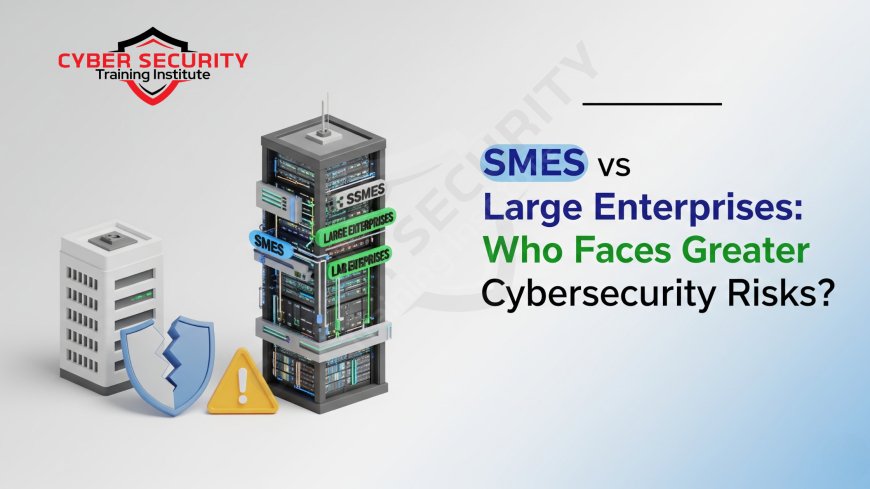
Table of Contents
- Introduction
- Understanding TSMEs and Large Enterprises
- Cybersecurity Risks for TSMEs
- Cybersecurity Risks for Large Enterprises
- Comparison Table: TSMEs vs Large Enterprises
- Who Faces Greater Risk?
- Mitigating Cybersecurity Risks
- Conclusion
- Frequently Asked Questions
Introduction
Picture this: a small family-owned bakery gets hit by a ransomware attack, locking them out of their online ordering system. Across town, a multinational corporation suffers a data breach, exposing millions of customer records. Both are devastating, but which is more likely? Cybersecurity risks don’t discriminate by business size, yet the impact and likelihood can vary. TSMEs—businesses with fewer than 250 employees—often lack the resources of large enterprises, which employ thousands and have dedicated IT teams. But larger companies attract bigger targets on their backs. This blog will compare the cybersecurity risks for both, highlight key differences, and offer practical advice for staying secure.
Understanding TSMEs and Large Enterprises
Before we dive into the risks, let’s clarify what we mean by TSMEs and large enterprises. TSMEs, or tiny, small, and medium-sized enterprises, typically have fewer than 250 employees and limited budgets. They include local shops, startups, and mid-sized firms. Large enterprises, on the other hand, are big players—think corporations with thousands of employees, global operations, and hefty revenue streams.
Both types of businesses rely on technology, from email systems to cloud storage, but their scale, resources, and exposure differ. TSMEs might run lean operations with a single IT person (if any), while large enterprises often have entire cybersecurity departments. These differences shape how each group handles cyber threats.
Cybersecurity Risks for TSMEs
TSMEs face a unique set of cybersecurity challenges, often tied to their limited resources. Here are the key risks:
- Limited Budgets: Most TSMEs can’t afford advanced cybersecurity tools or dedicated staff. They might rely on free antivirus software or outdated systems, leaving them vulnerable.
- Lack of Expertise: Without trained IT professionals, TSMEs may not recognize threats like phishing emails or malware until it’s too late.
- Phishing Attacks: Cybercriminals often target TSMEs with phishing emails, tricking employees into sharing passwords or downloading malicious files. Small businesses are seen as easy targets.
- Ransomware: Ransomware, where hackers lock a business’s data and demand payment, hits TSMEs hard. A single attack can cripple a small business with no backup systems.
- Weak Passwords: Employees at TSMEs often use simple or reused passwords, making it easier for hackers to break in.
- Lack of Backups: Many TSMEs don’t regularly back up their data, so a cyberattack can result in permanent data loss.
For TSMEs, the impact of a cyberattack can be catastrophic. A single breach could drain their finances, ruin their reputation, or force them to shut down.
Cybersecurity Risks for Large Enterprises
Large enterprises aren’t immune to cyber threats either. Their size and visibility make them prime targets. Here’s what they face:
- High-Value Targets: Large enterprises store vast amounts of sensitive data, like customer records or financial details, making them attractive to hackers.
- Complex Systems: With sprawling networks, multiple offices, and cloud-based systems, large enterprises have more entry points for hackers to exploit.
- Insider Threats: Employees or contractors with access to sensitive systems can accidentally or intentionally cause breaches.
- Advanced Persistent Threats (APTs): These sophisticated, long-term attacks target large enterprises to steal data or disrupt operations over months or years.
- Supply Chain Attacks: Hackers may target third-party vendors or partners to infiltrate a large enterprise’s systems.
- Regulatory Pressure: Large enterprises face strict regulations (like GDPR or HIPAA). A breach could lead to hefty fines and legal battles.
While large enterprises have more resources to recover, the scale of their breaches can affect millions of customers and cost billions.
Comparison Table: TSMEs vs Large Enterprises
| Factor | TSMEs | Large Enterprises |
|---|---|---|
| Resources | Limited budget and staff | Dedicated IT teams, large budgets |
| Target Size | Smaller, less attractive to advanced hackers | High-value target for cybercriminals |
| Common Threats | Phishing, ransomware, weak passwords | APTs, insider threats, supply chain attacks |
| Impact of Breach | Potentially business-ending | Costly but recoverable |
| Security Expertise | Often none or minimal | Dedicated cybersecurity teams |
| Regulatory Pressure | Less regulated, but still accountable | Strict compliance requirements |
Who Faces Greater Risk?
So, who’s at greater risk? It depends on how you define “risk.” TSMEs face a higher likelihood of being targeted by opportunistic attacks like phishing or ransomware because they’re seen as low-hanging fruit. A single breach can wipe out a small business, as they lack the funds or expertise to recover quickly. Large enterprises, however, face more sophisticated and targeted attacks, like APTs or supply chain hacks. While they have the resources to bounce back, the scale of their breaches can have far-reaching consequences, affecting customers, shareholders, and brand reputation.
In terms of probability, TSMEs are more vulnerable due to their lack of defenses. In terms of impact, large enterprises face bigger stakes because of their size and visibility. Both need to prioritize cybersecurity, but their approaches will differ based on resources and needs.
Mitigating Cybersecurity Risks
Regardless of size, businesses can take steps to reduce their risks. Here’s how TSMEs and large enterprises can stay secure:
For TSMEs:
- Invest in Basics: Use affordable antivirus software, firewalls, and regular software updates.
- Train Employees: Teach staff to spot phishing emails and use strong, unique passwords.
- Backup Data: Regularly back up critical data to an external drive or cloud service.
- Use Multi-Factor Authentication (MFA): Add an extra layer of security to logins.
- Outsource IT: Consider affordable managed IT services for expert support.
For Large Enterprises:
- Implement Advanced Tools: Use AI-driven threat detection and endpoint protection systems.
- Conduct Regular Audits: Assess systems for vulnerabilities and patch them promptly.
- Train for Insider Threats: Monitor employee access and educate staff on security protocols.
- Secure Supply Chains: Vet third-party vendors and enforce strict cybersecurity standards.
- Plan for Incidents: Develop and test a robust incident response plan.
Both TSMEs and large enterprises benefit from a proactive mindset. Cybersecurity isn’t a one-time fix—it’s an ongoing commitment.
Conclusion
Cybersecurity risks are a reality for both TSMEs and large enterprises, but the nature and scale of those risks differ. TSMEs face challenges due to limited resources and expertise, making them easy targets for opportunistic attacks like phishing and ransomware. Large enterprises, while better equipped, are prime targets for sophisticated threats like APTs and supply chain attacks. The key takeaway? No business is too small or too big to ignore cybersecurity. By understanding their unique risks and taking practical steps—like training employees, using strong passwords, and investing in the right tools—both TSMEs and large enterprises can protect themselves in an increasingly digital world.
Frequently Asked Questions
What is a TSME?
A TSME is a tiny, small, or medium-sized enterprise, typically with fewer than 250 employees and limited resources.
What makes large enterprises attractive to hackers?
Large enterprises store vast amounts of valuable data, like customer records or financial details, making them high-value targets.
Why are TSMEs vulnerable to cyberattacks?
TSMEs often lack the budget, expertise, or tools to implement strong cybersecurity measures, making them easy targets.
What is phishing?
Phishing is a cyberattack where hackers send fake emails or messages to trick people into sharing sensitive information or downloading malware.
What is ransomware?
Ransomware is malware that locks a business’s data, demanding payment to restore access.
Can TSMEs afford cybersecurity?
Yes, TSMEs can use affordable tools like free antivirus software, cloud backups, and employee training to improve security.
What is an Advanced Persistent Threat (APT)?
An APT is a sophisticated, long-term cyberattack aimed at stealing data or disrupting operations, often targeting large enterprises.
How do insider threats affect large enterprises?
Insider threats occur when employees or contractors misuse access to sensitive systems, either accidentally or intentionally.
What is a supply chain attack?
A supply chain attack targets a business through its third-party vendors or partners, exploiting their weaker security.
Why do TSMEs struggle with backups?
TSMEs often lack the resources or knowledge to set up regular, secure data backups, increasing their risk of data loss.
How can TSMEs improve cybersecurity on a budget?
TSMEs can use free or low-cost antivirus software, enable MFA, train employees, and back up data regularly.
What regulations affect large enterprises?
Large enterprises must comply with regulations like GDPR, HIPAA, or CCPA, which enforce strict data protection standards.
Can small businesses recover from cyberattacks?
Recovery is possible but challenging for TSMEs, as a single breach can drain finances or ruin their reputation.
Why do large enterprises face bigger breaches?
Their large-scale systems and vast data stores mean breaches can affect millions of customers and cost billions.
What is multi-factor authentication (MFA)?
MFA requires multiple forms of verification (e.g., password and a code sent to your phone) to access accounts.
How can large enterprises prevent supply chain attacks?
They can vet vendors, enforce strict security standards, and monitor third-party access to their systems.
Do TSMEs need cybersecurity training?
Yes, training helps employees recognize threats like phishing and follow best practices for password security.
What tools do large enterprises use for cybersecurity?
They use advanced tools like AI-driven threat detection, firewalls, and endpoint protection systems.
Are TSMEs targeted as often as large enterprises?
TSMEs are targeted frequently due to their weak defenses, though large enterprises face more sophisticated attacks.
How can businesses stay proactive about cybersecurity?
Regularly update software, train staff, back up data, and conduct security audits to stay ahead of threats.
What's Your Reaction?
 Like
0
Like
0
 Dislike
0
Dislike
0
 Love
0
Love
0
 Funny
0
Funny
0
 Angry
0
Angry
0
 Sad
0
Sad
0
 Wow
0
Wow
0






